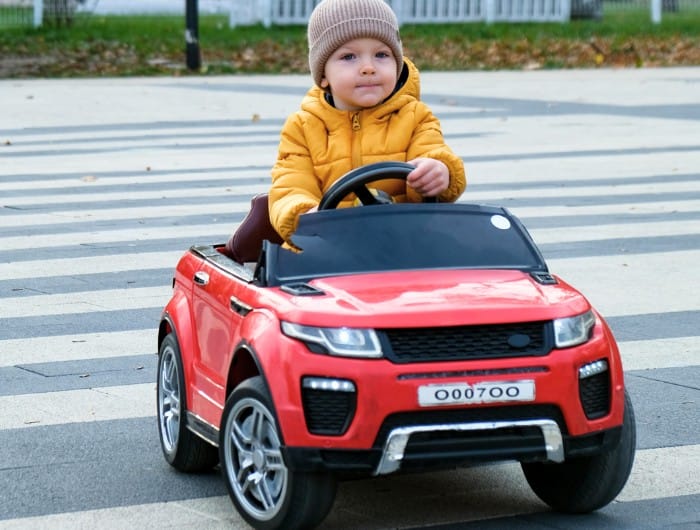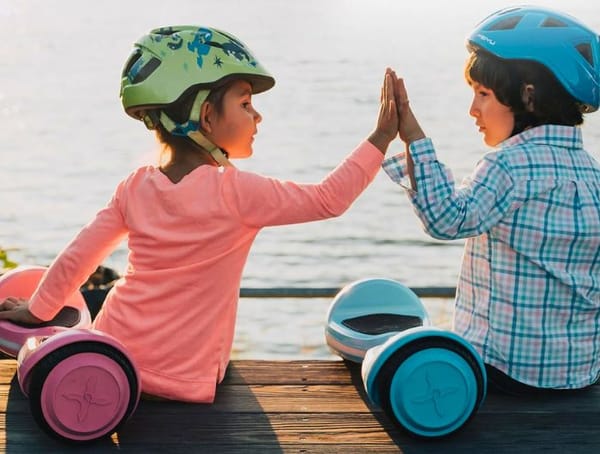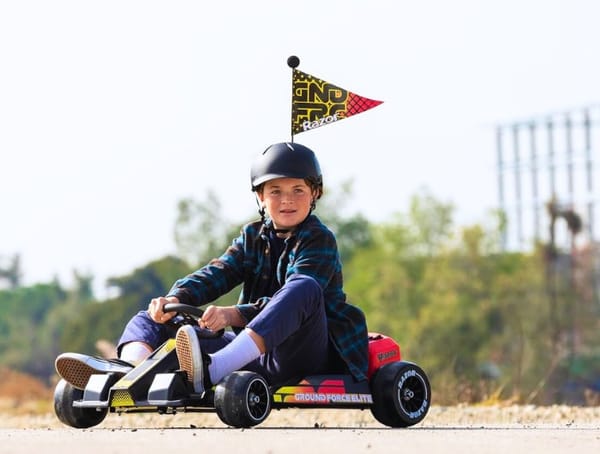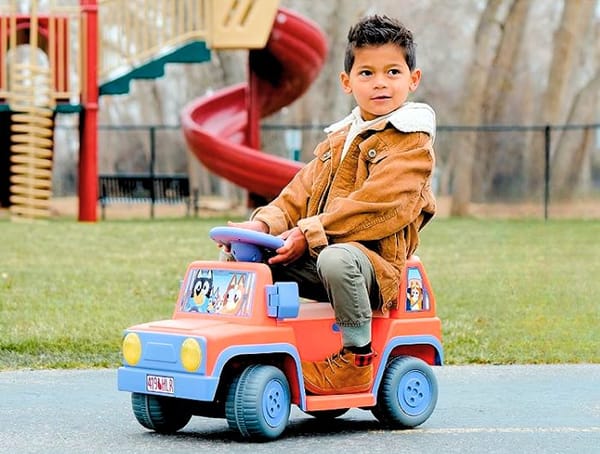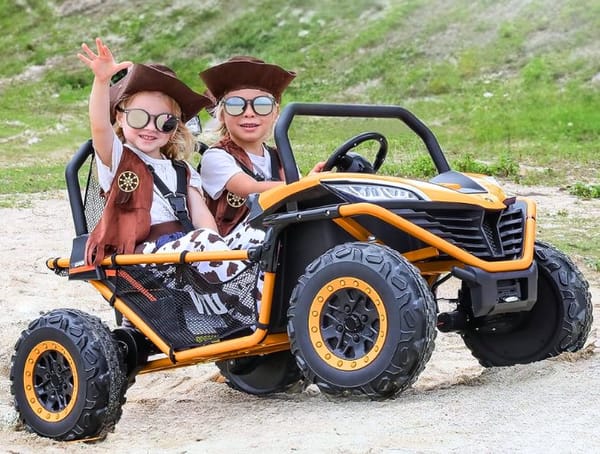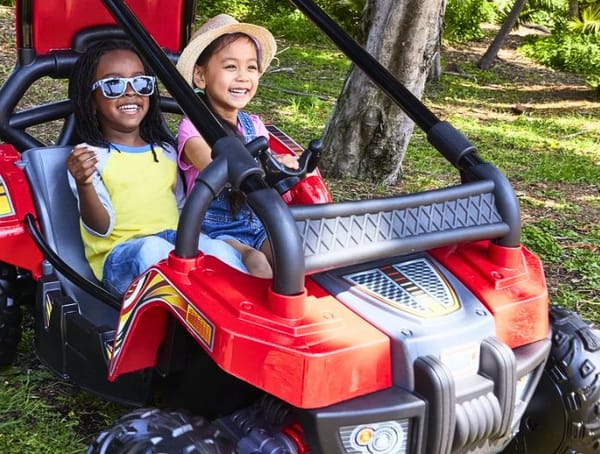One of the most exciting milestones in our little one's life is when they get their first ride-on toy car. But with so many kids electric cars available, you might be wondering: "what’s the difference between a 12v and 24v ride-on car?"
We hope this guide will help you make the right choice for your little one.
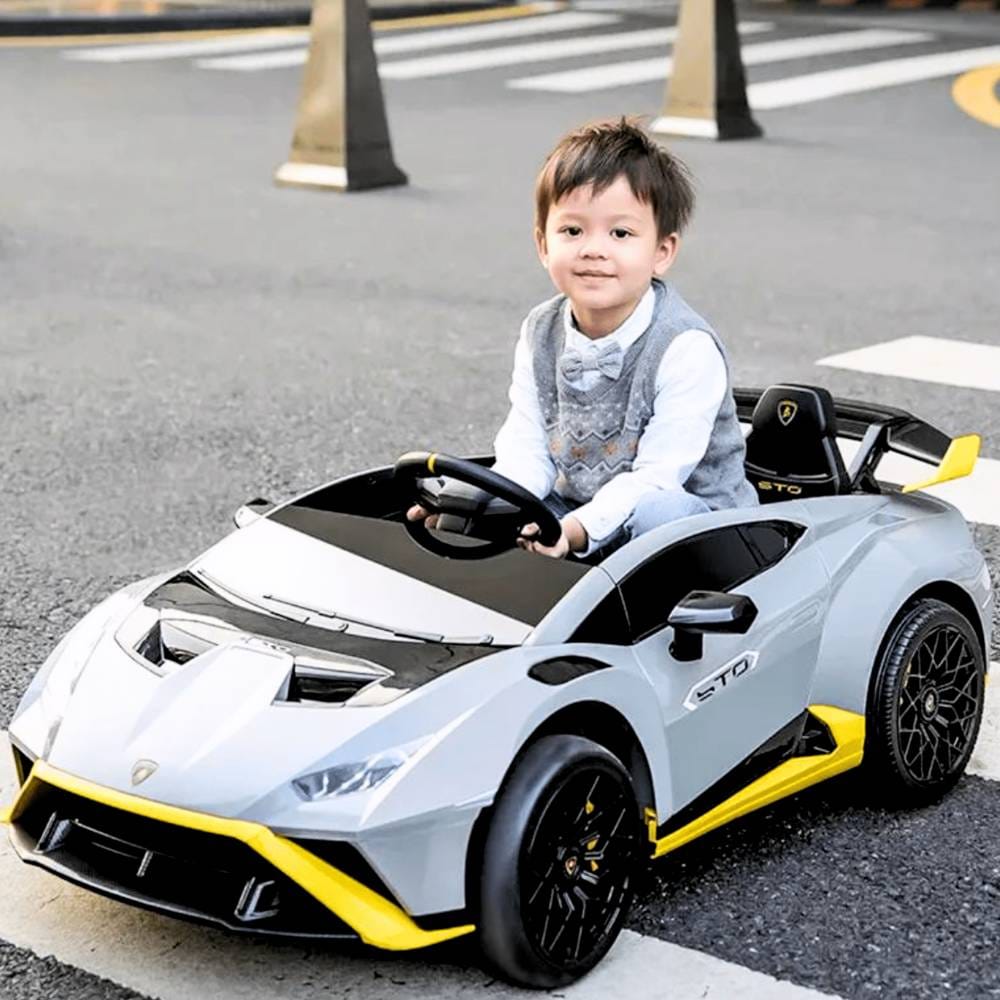
Understanding Voltage: 12v and 24v Explained
When we say "12v" or "24v," we're talking about voltage. Simply put, voltage is the amount of electrical power needed to run the car. A 12 volt ride-on car uses a 12v battery system, while a 24 volt kids ride on car operates with a more powerful 24v battery system.
Essentially, a 24v electric car has twice the voltage, meaning it can offer extra power compared to a 12v power wheel.
Speed and Power: 12v vs 24v
The most prominent difference between 12v and 24v ride-on cars is their speed and power. Typically, a 12 volt electric car can reach a maximum speed of up to 4 mph, while a 24v car can go up to a maximum speed of 6 mph. This might not seem like a significant difference, but for our little ones who are just learning to steer, even a 1 mph increase can make a big difference!
In terms of power, 24v ride-on cars tend to have higher power, allowing them to handle rougher terrains better than their 12v counterparts. They also often come equipped with more advanced features, such as rubber wheels and more sophisticated suspension systems.
Age Range: Choosing the Right Voltage for Your Child
Age is another crucial factor in choosing between a 12v and 24v ride-on toy. 12v cars are generally suitable for younger kids, typically preschool-aged, who are just starting to explore the world of ride-on toys. The lower power and maximum speed of these cars make them a safer choice for younger riders.
On the other hand, 24v kids ride-on cars are better suited for older kids due to their increased power and speed. They're also ideal if your child is already comfortable with a 12v car and ready for an upgrade.
Battery Life
When it comes to battery life, a 24v ride-on kids cars usually last longer than 12v ride-on cars. This is because two 12v batteries power them, providing more power output and reducing power loss. But remember, the extra power means these cars can consume more power and may require more frequent charging.
Price Considerations
As you might expect, with the higher power and advanced features, 24v ride on toys come at a higher price point than 12v ride on cars for kids. However, given their durability and longevity, they can be a worthwhile investment if they suit your child's age and skill level.
12v vs 24v Ride On Toys Summary
- Battery life: A 24v ride-on toy tends to outlast its 12v counterpart on a single charge.
- Speed: 24v toys generally offer a higher max speed, but 12v ride-on toys provide plenty of thrills while keeping the speed at a safer level.
- Cost: 12v cars are typically more wallet-friendly than 24v cars.
- Size: 12v cars are often smaller in size, making storage and transport easier.
- Safety: 12v cars tend to be safer due to their lower top speed which is ideal for younger children or beginners.
- Charging: Both 12v and 24v kids toys take about the same time to charge.
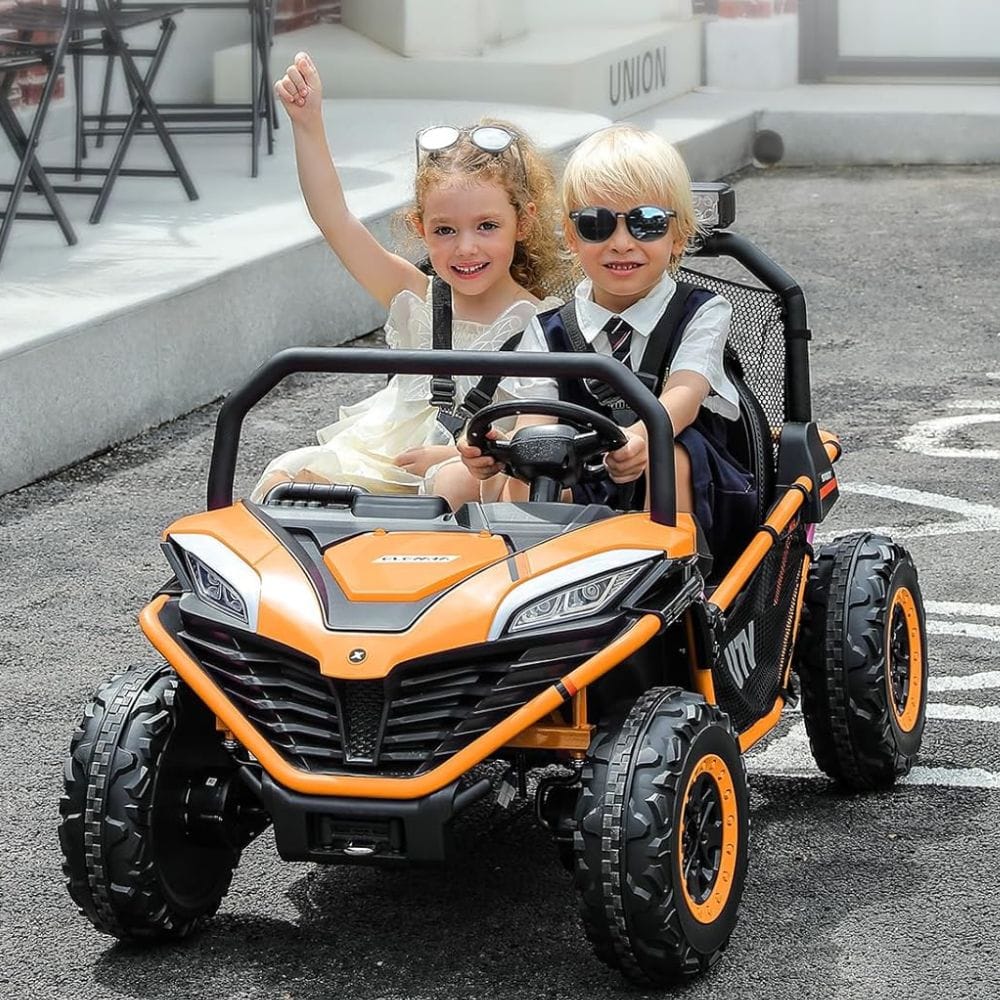
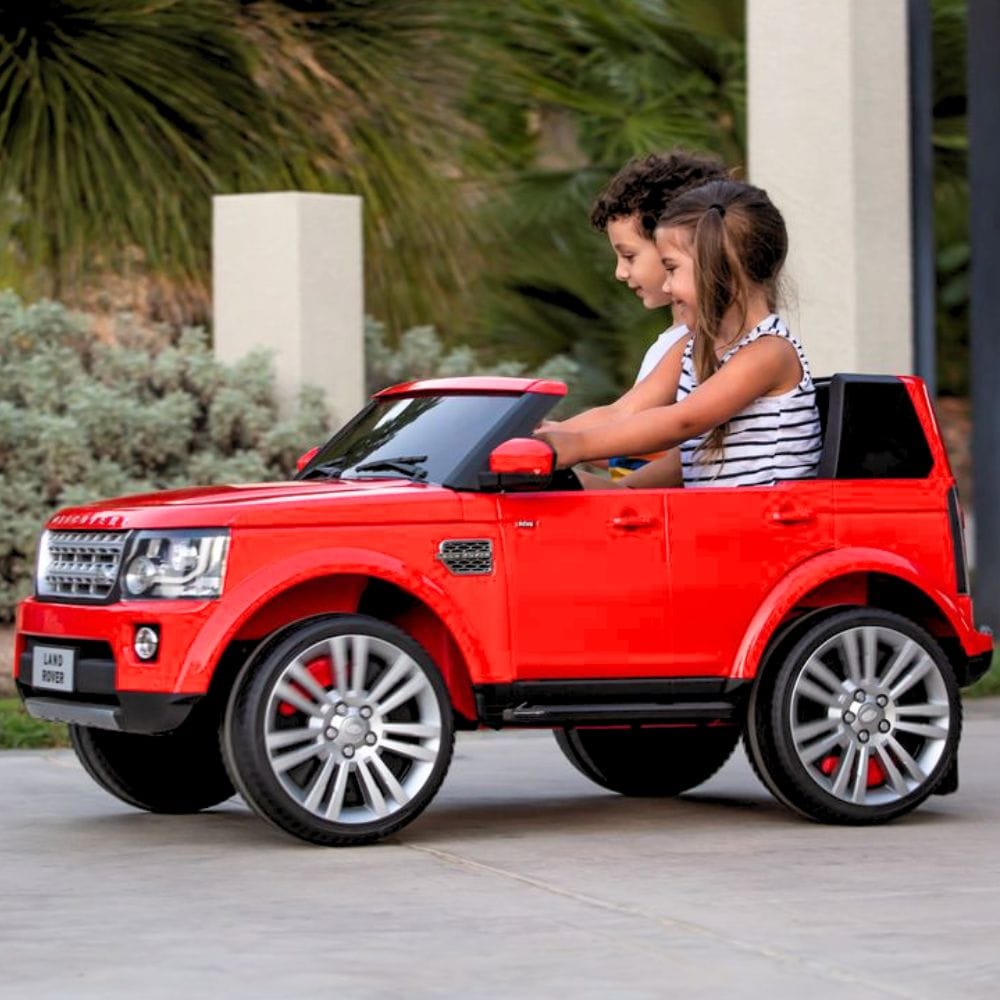
Benefits and Drawbacks
Benefits of 12v Kids Car
- Perfect for outdoor fun, whether that's on tarmac, grass, or gravel surfaces.
- Best suited for kids aged 3-6.
Drawbacks of 12v Kids Car
- Works best on relatively level surfaces.
- Draws twice the current of what a 24v motor uses - not ideal for steep drives.
Benefits of 24v Kids Car
- Can handle any type of terrain - bring on the adventures!
- Ideal for kids aged over 6 who have some driving experience.
- Offers prolonged battery life compared to 12v cars, allowing up to 2 hours of nonstop fun.
Drawbacks of 24v Kids Car
- Requires caution if the rider is under 6 years.
- More suitable for kids that are experienced in riding toy cars.
Wrapping Up: What's the Best Choice?
In conclusion, the best ride-on car that is right for your child largely depends on their age, skill level, and where they'll be driving their new ride. A 12v ride-on car might be the best choice for younger or less experienced drivers, while a 24v ride-on vehicle could be the perfect upgrade for older kids looking for more speed and power.
Thank you for reading Mother Bear Reviews, your favorite parenting blog!


